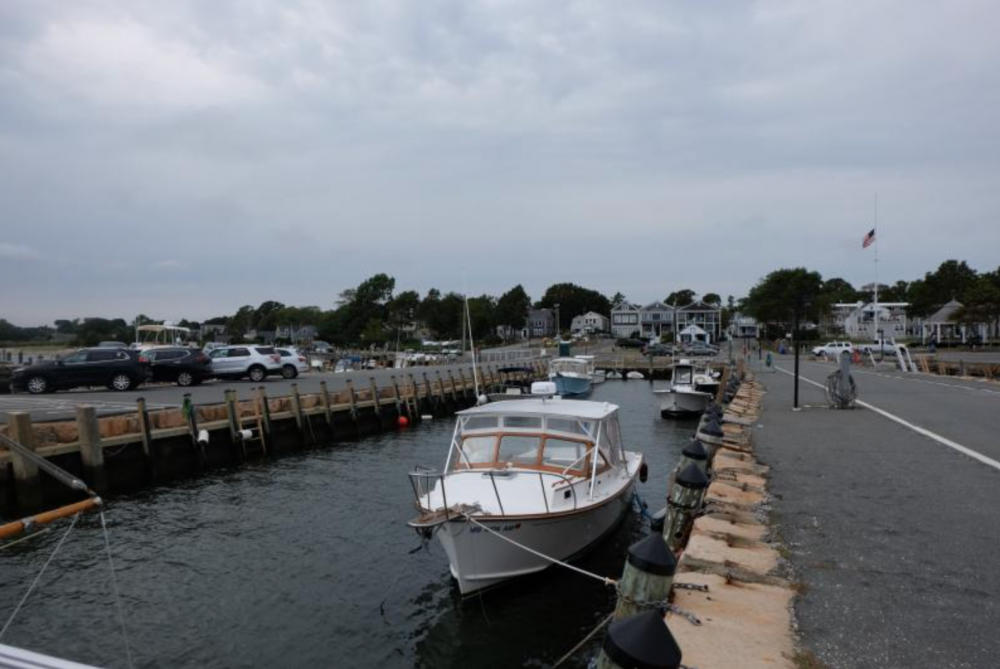Long Wharf study shows need for repairs
MATTAPOISETT – Long Wharf is showing signs of deterioration that should be addressed, according to information presented at the Mattapoisett Select Board meeting on Tuesday, June 14.
Andrew Nilson, a project manager from Childs Engineering, visited the board to present his team’s findings from a field investigation that assessed the state of the wharf.
“We classified Long Wharf as overall generally poor classification, which broadly means that it’s got deterioration in widespread areas, reduction in structural capacity, but there’s no stressing or breaking that would require it to be closed down,” said Nilson.
He said that the wharf could hold up for 10 to 20 years depending on potential storm damage. He noted that the worst damage was to the east side of the wharf, where prevailing winds and waves have caused deterioration.
“All of these factors indicate that it’s nearing the end of its useful life,” Nilson said.
“Nothing you’ve told us is remotely a surprise,” said Select Board member Jordan Collyer. “We thought it was worse, so we have that going for us.”
Nilson had suggestions for solutions, but did not recommend that the town spend a lot of money on “short-term fixes” that “weren’t meant to last.”
“We need to figure out how much we need to spend and how much we’re willing to spend before we decide we’re going to spend the whole enchilada,” Collyer said, adding that the conversation about the state of the wharf has been going on for years. He said he didn’t want to get “sticker shocked” and resort to cheaper, temporary solutions that wouldn’t last.
“Are we going to wait for it to be a pile of rubble or are we going to get ahead of it?” he said.
Select Board member Jodi Bauer said that the consensus among the harbormaster, town administrator, marine advisory board, and select board was that they didn’t want “little patches” and preferred to do the fixes as a “big project” to “get it all done.”
Nilson explained that right now, Childs Engineering is working on schematic design, which is a more abstract look at future design of the wharf based on the costs of different materials.
“I envision sheet pile, bringing it up to concrete, and bumping it out to give foundation at the bottom,” said Collyer.
Nilson said that was the idea he had “rattling around his brain” as well.
Collyer added the town’s priorities were to maintain the “historic look” in a way that would last, even if it was more expensive.
“If we need to source matching granite, I’d rather spend the money on something that looks nice and is going to last another 200 years,” he said.
“Cost is going to be a big issue,” Nilson said, explaining that selectively demolishing and rebuilding the wharf is “manpower driven” and that “you have to go below water to do it,” which adds to the overall cost.
The next steps are to nail down the different options for the wharf and give a cost estimate, said Nilson.
Collyer said that once they had a cost estimate, it would likely go to Town Meeting for approval.














